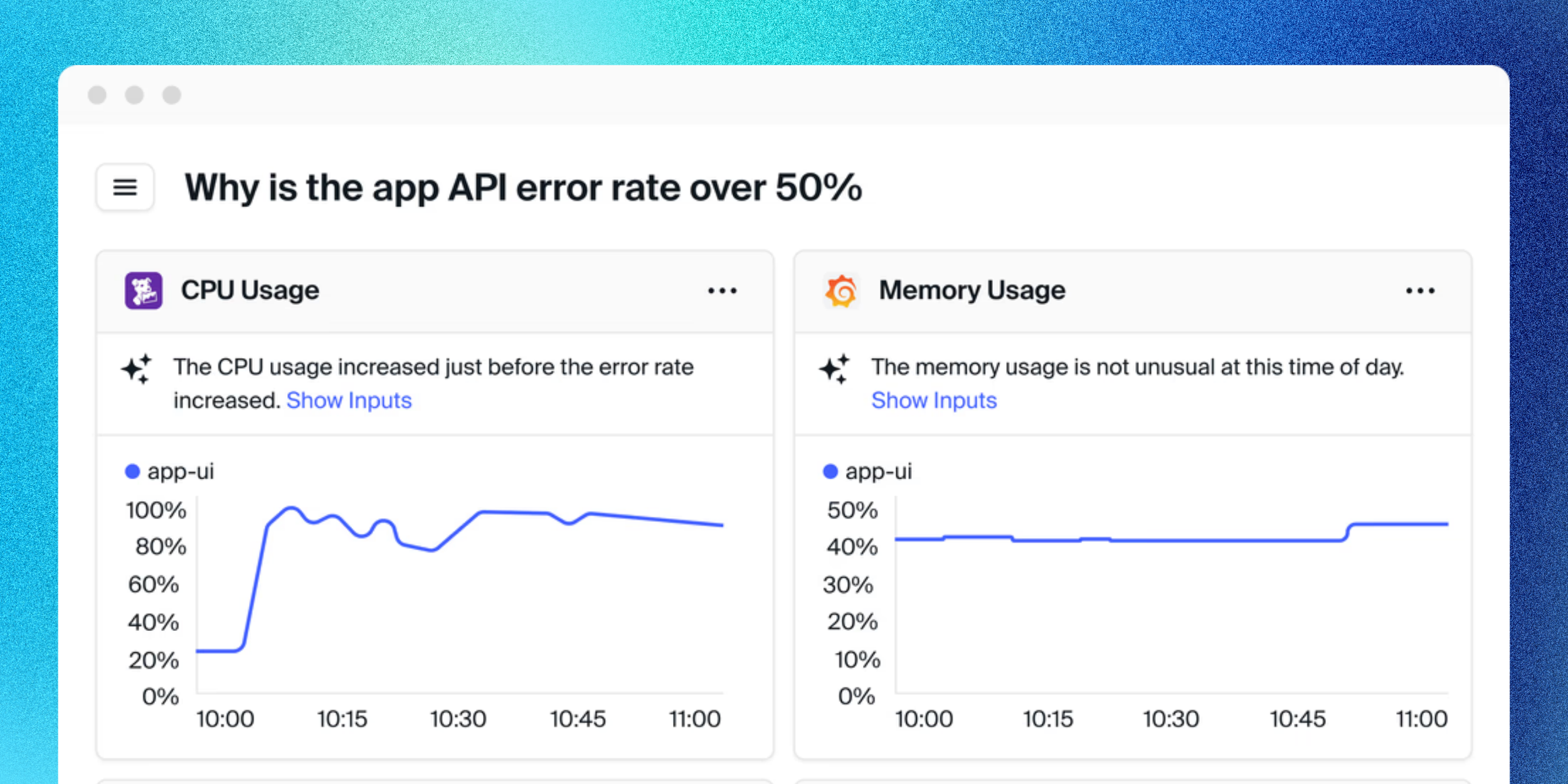Aptible AI
Aptible AI is an incident response copilot that integrates with your internal documentation, observability providers, and custom tools to help every member of your team debug and resolve incidents.
Aptible AI is currently in early access. To sign up, please visit aptible.ai.
Explore by feature

Root Cause Analysis
Available in early access
Aptible AI scans logs, metrics, and changes for the affected resources (and all the resources connected to it) and compares what it finds to patterns of issues and root causes it’s seen in the past.
Proactive Alerting
Coming Soon
False Positive Filtering
Coming Soon
Automated Runbook Execution
Coming Soon
Postmortem Management
Coming Soon

